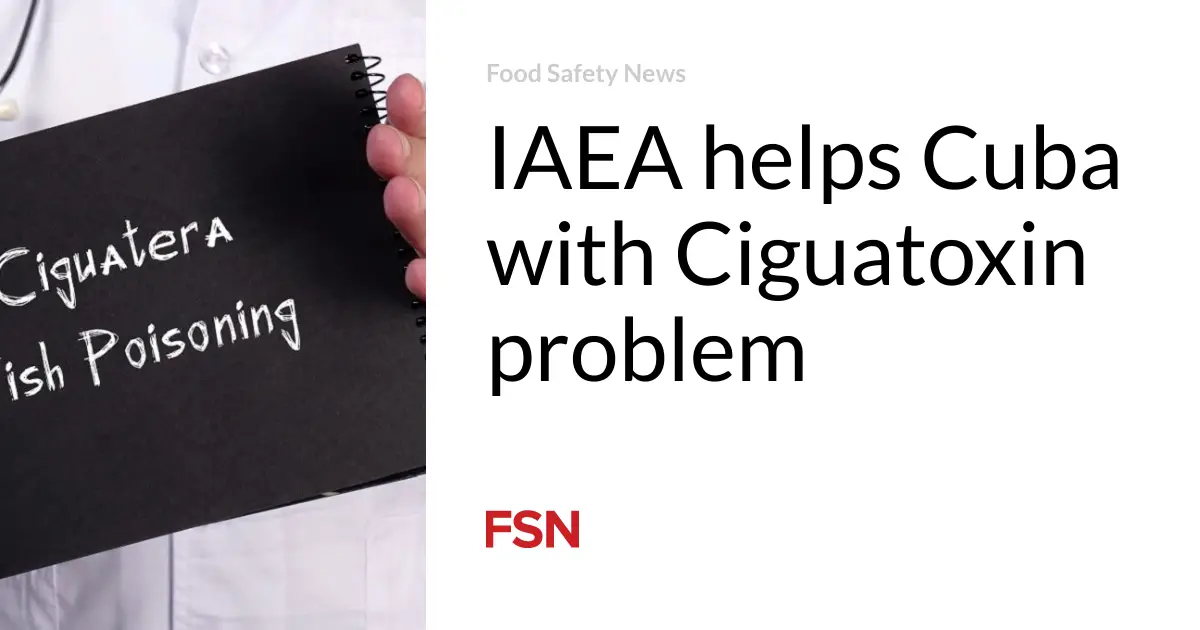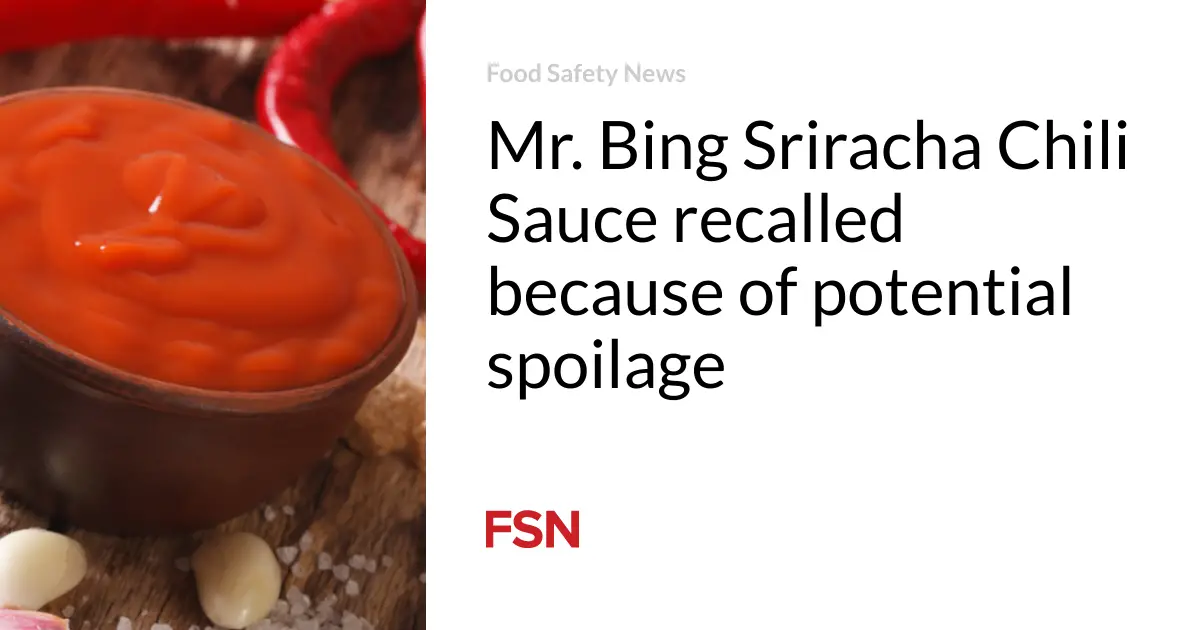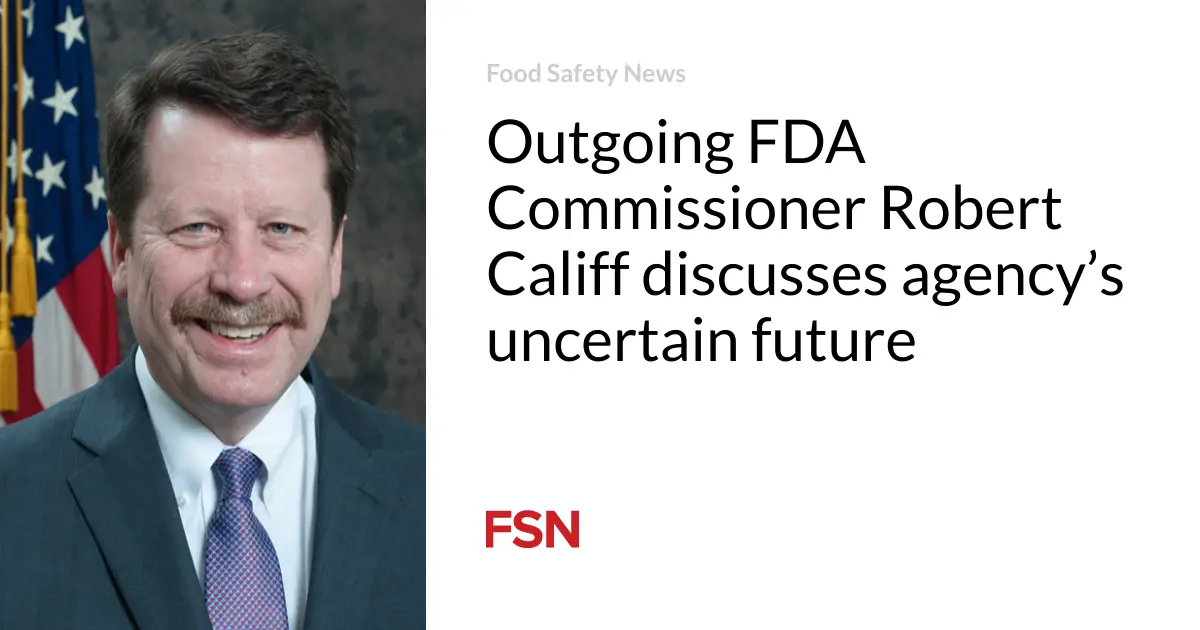
[ad_1]
Scientists are helping researchers in Cuba find dangerous toxins in marine algae that can lead to outbreaks from contaminated seafood.
The International Atomic Energy Agency (IAEA) has been building capacity for monitoring ciguatera using nuclear and isotopic techniques to identify seafood biotoxins.
Ciguatoxins are a class of algal toxins. They enter the food chain by consuming Ciguatoxin-containing algae by fish and shellfish and accumulating in larger predatory fish.
IAEA has arranged training in Cuba on using a receptor binding assay to detect ciguatoxins in samples containing multiple toxin variants. This helps local scientists identify fish at high risk from ciguatoxin contamination and make decisions about seafood safety.
This technology is now a recognized regulatory method for certifying the safety of seafood, such as shellfish, imported to the European Union.
Mitigating the problem
Early detection of harmful algal blooms that produce ciguatoxins has helped Caribbean nations to implement early warning systems for seafood safety.
Alejandro Garcia Moya, director of the Environmental Studies Centre of Cienfuegos, said: “The IAEA workshops to transfer knowledge on marine toxin monitoring and management techniques are a key aspect in capacity building and strengthening in small islands developing states and consequently have a direct impact on the management of harmful algal blooms and their effects on our marine environments and the people relying on them.”
Ciguatera poisoning is estimated to cause between 10,000 and 50,000 illnesses per year.
Ciguatoxins are not destroyed by cooking, freezing, or canning processes. Symptoms appear within hours of consuming contaminated food and last a few days. They include vomiting, diarrhea, muscle weakness, and dizziness. Some people suffer from itching, tingling, or blurred vision; others find cold things hot and hot items cold.
IAEA is also involved in the third Africa Food Safety Technical Meeting, held from Oct. 7 to 11, 2024 in Marrakech, Morocco.
The workshop will cover the Atoms4Food initiative launched by the FAO and IAEA in October 2023; implementation of the African Food Safety Strategy 2022 to 2036; food safety standards and laboratory support for the African Continental Free Trade Agreement (AfCFTA); and the African Food Safety Network (AFoSaN).
Ciguatera case report
A recent article in the American Journal of Case Reports discussed the difficulty of diagnosing Ciguatera poisoning.
Two patients, a husband and wife, consumed the same barracuda, resulting in ciguatera poisoning. One had symptoms spanning gastrointestinal, neurologic, and cardiac involvement.
The other patient lacked neurological symptoms but did have severe gastrointestinal and cardiac symptoms. The inpatient team, the infectious disease specialist consulted, and, initially, the in-house toxicologist assumed that a lack of neurologic symptoms excluded the diagnosis of ciguatera. Scientists said this error could lead to multiple problems, such as not anticipating severe cardiac manifestations or turning to more costly inpatient investigations for cardiac disease.
In his 60s, the man attended a South Florida emergency department in the fall season with his wife after consuming a barracuda that he had caught earlier in the day. Both patients were discharged 24 hours after admission.
“If these patients had presented separately, only the former would have been considered to have ciguatera poisoning. These two cases demonstrate the misunderstanding among healthcare practitioners of the literature on the diagnostic criteria,” said researchers.
(To sign up for a free subscription to Food Safety News, click here.)
[ad_2]
Source link





